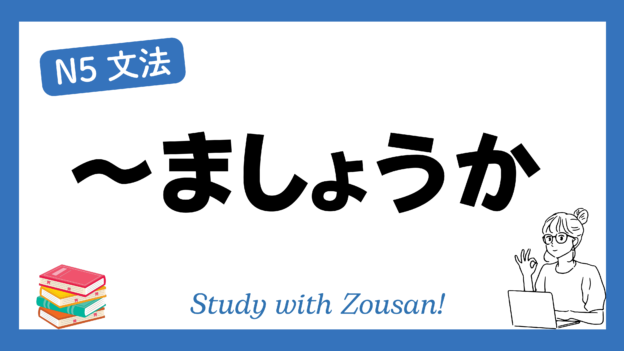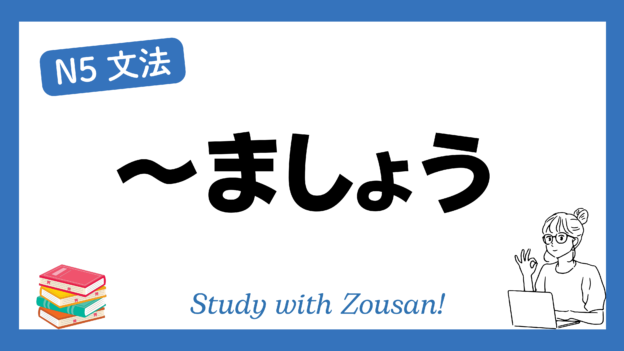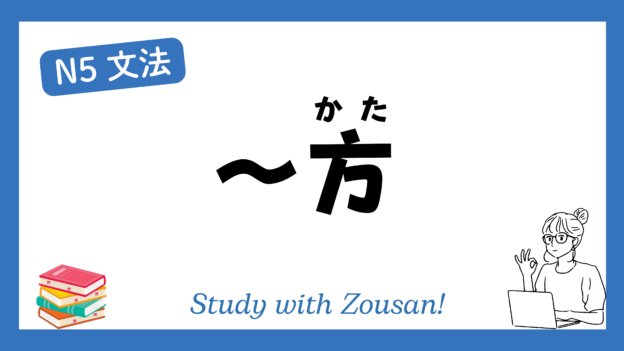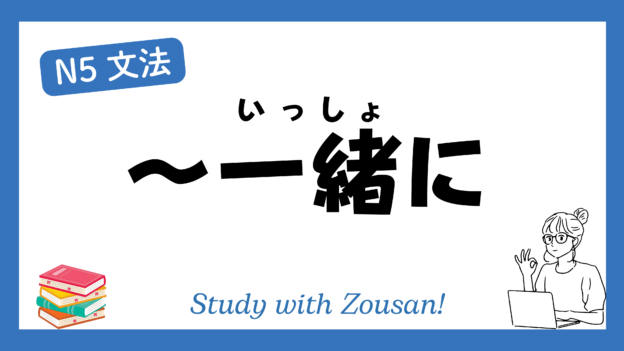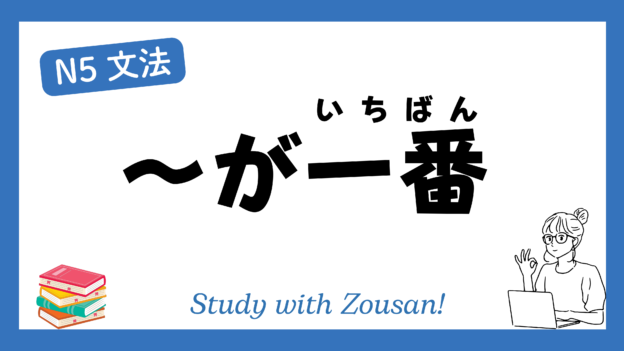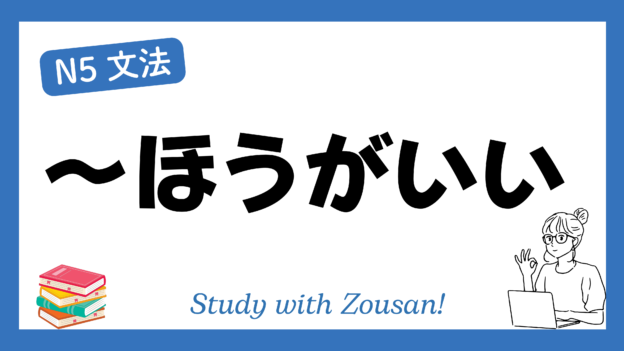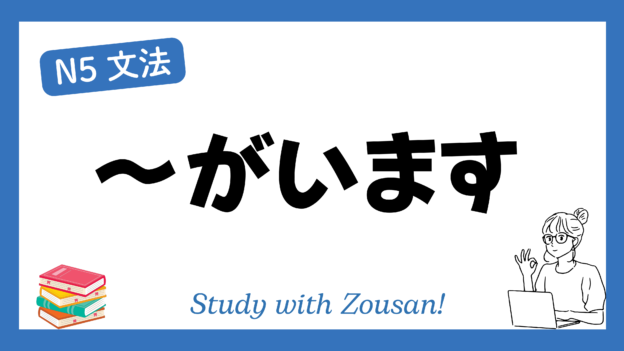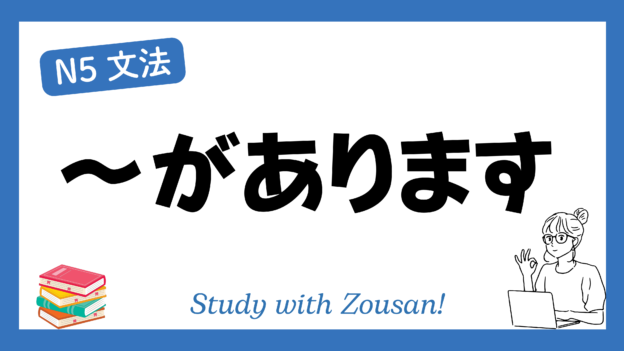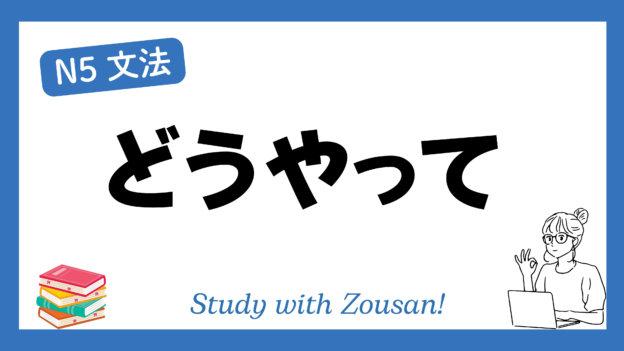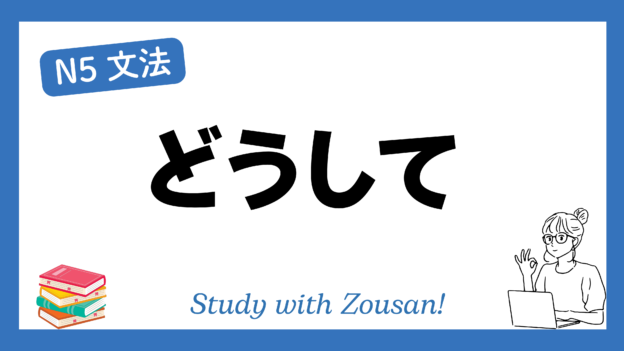Meaning: “Shall we…?”, “Should we…?”
This structure is used to suggest or propose an action in a polite and somewhat tentative manner. It is often used when the speaker wants to ask for someone else’s opinion or agreement before carrying out an action.
※Note: “~ましょうか” is polite and is typically used in conversations when making a suggestion or inquiring about someone else’s consensus.
Structure:
| Verb |
Example:
-
-
-
🌟 カフェに行きましょうか?
(カフェ に いきましょうか)
Shall we go to the cafe? -
🌟 映画を見ましょうか?
(えいが を みましょうか)
Shall we watch a movie? -
🌟 買い物に行きましょうか?
(かいもの に いきましょうか)
Shall we go shopping? -
🌟 ランチを食べましょうか?
(ランチ を たべましょうか)
Shall we have lunch? -
🌟 散歩に行きましょうか?
(さんぽ に いきましょうか)
Shall we go for a walk? -
🌟 この問題を解決しましょうか?
(この もんだい を かいけつ しましょうか)
Shall we solve this problem? -
🌟 友達を呼びましょうか?
(ともだち を よびましょうか)
Shall we call a friend? -
🌟 旅行の計画を立てましょうか?
(りょこう の けいかく を たてましょうか)
Shall we make plans for the trip? -
🌟 このレストランに行きましょうか?
(この レストラン に いきましょうか)
Shall we go to this restaurant? -
🌟 この本を読んでみましょうか?
(この ほん を よんで みましょうか)
Shall we try reading this book?
-
-


